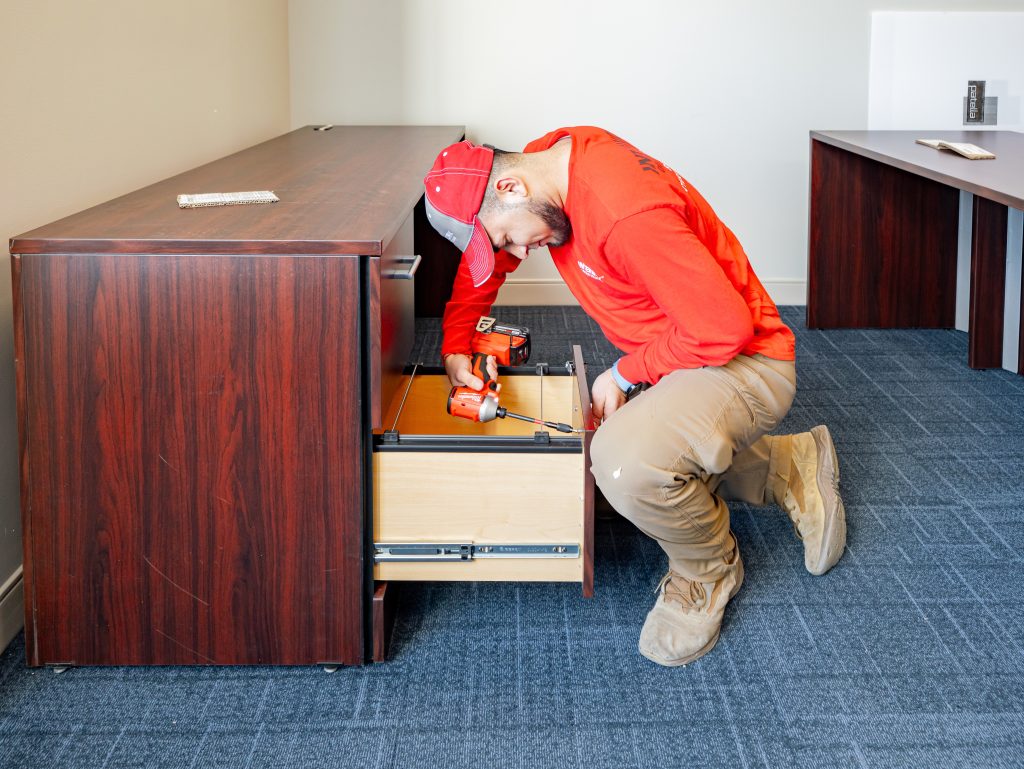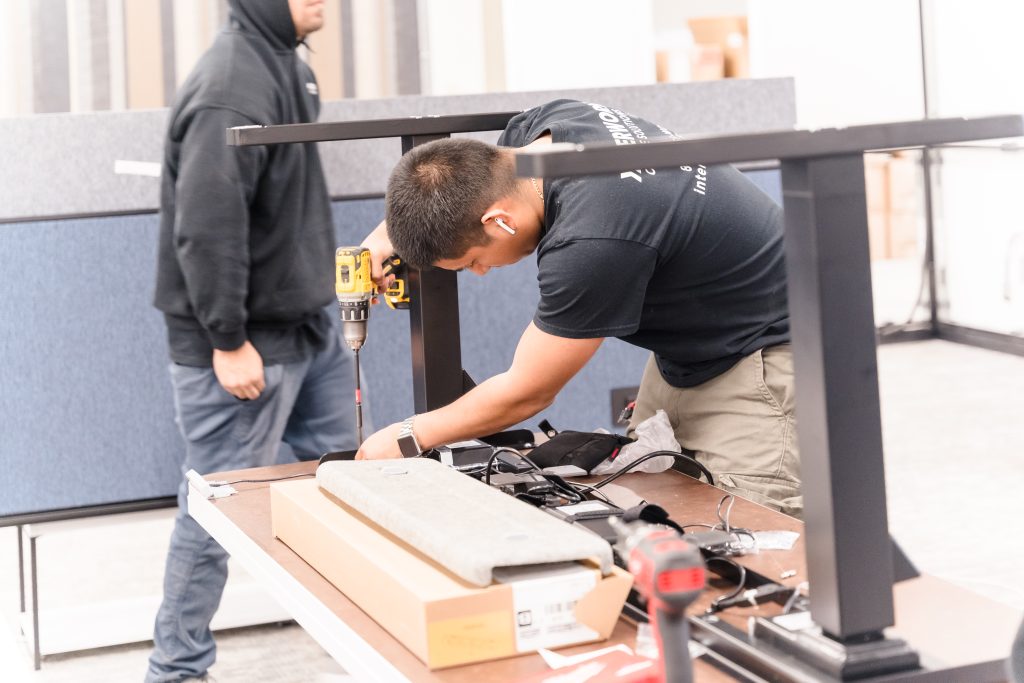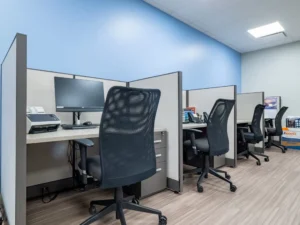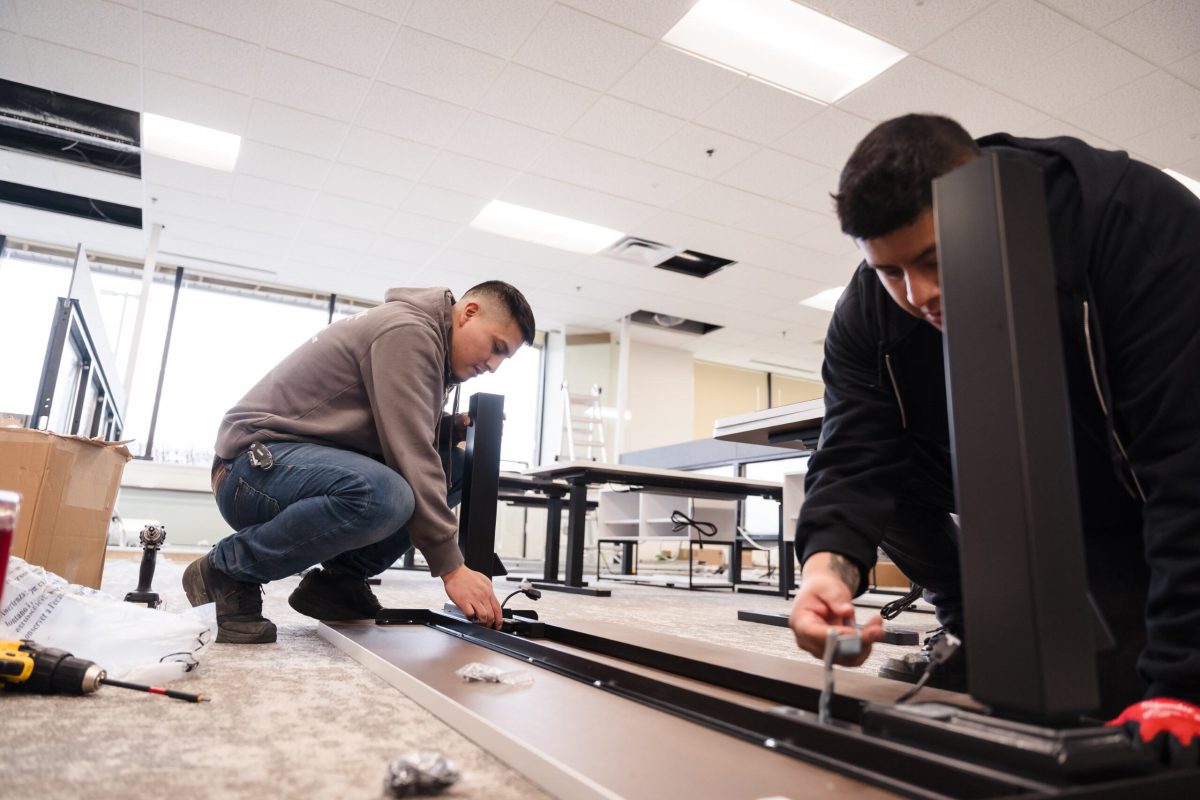Smarter systems. Lower costs. More sustainable workplaces.
As temperatures climb, facility managers face the dual challenge of maintaining a comfortable environment for building occupants while managing rising utility costs and supporting sustainability goals. Warmer months often bring peak energy usage due to increased cooling demands, extended daylight hours, and heavier foot traffic in commercial spaces. But with the right energy-saving strategies in place, summer doesn’t have to send utility bills soaring—or slow down your building’s performance.
Here are facility manager-approved practices that reduce energy consumption, improve building efficiency, and support your organization’s ESG goals.

1. Optimize HVAC Performance
Your HVAC system is one of the biggest energy consumers in the building. In warmer months, it’s critical to ensure it’s operating at peak performance.
- Schedule seasonal HVAC tune-ups before peak summer. Check refrigerant levels, clean condenser coils, and calibrate thermostats.
- Upgrade to smart or programmable thermostats to automate cooling schedules based on occupancy, zones, and time of day.
- Seal ductwork leaks and inspect insulation to prevent cool air loss in ceilings, crawl spaces, and mechanical rooms.
- Consider HVAC zoning to avoid cooling rarely used spaces (conference rooms, storage areas, etc.).
2. Smart Temperature Setbacks
Adjusting indoor temperatures even slightly can lead to significant energy savings.
- Set thermostats between 74–78°F during business hours and increase slightly after hours.
- Implement night and weekend setbacks to reduce energy use when buildings are unoccupied.
- Encourage a flexible dress code to increase occupant comfort without adjusting the thermostat unnecessarily.

3. Maximize Natural Daylight and Smart Lighting
- Use daylight harvesting strategies—adjust interior lighting in real-time based on natural light levels.
- Install motion sensors, occupancy sensors, and timers in low-use areas like copy rooms, bathrooms, and storage closets.
- Retrofit outdated fluorescent or incandescent bulbs with LED lighting, which uses up to 75% less energy and emits less heat.
- Maintain a routine lighting audit to identify and replace failing or inefficient bulbs.
4. Control Solar Heat Gain
Windows can drastically impact indoor temperatures and energy use.
- Install window film, solar shades, or reflective coatings to reduce heat gain while still allowing in natural light.
- Encourage closing blinds during peak sun hours or when office spaces are unoccupied.
- For new builds or renovations, consider high-performance glazing or low-emissivity (low-e) windows for long-term ROI.
5. Reduce Plug Load Energy Waste
Phantom” or standby power can silently increase your building’s energy bill.
- Conduct an energy audit to identify high-usage electronics that remain powered on during off-hours.
- Use advanced power strips in shared workstations and breakrooms to reduce unnecessary energy draw.
- Implement end-of-day shutdown policies for desktops, monitors, printers, and meeting room AV systems.

6. Reduce Heat-Producing Equipment Use
Excessive equipment use can increase internal loads, making HVAC systems work harder.
- Encourage a paper-light or paperless environment to reduce printing and copying.
- Consolidate underused devices (printers, scanners, etc.) and switch to ENERGY STAR-rated models.
- Relocate heat-emitting electronics (like server towers or backup drives) to dedicated, temperature-controlled rooms.
7. Rethink Breakroom Appliances and Habits
Excessive equipment use can increase internal loads, making HVAC systems work harder.
- Encourage a paper-light or paperless environment to reduce printing and copying.
- Consolidate underused devices (printers, scanners, etc.) and switch to ENERGY STAR-rated models.
- Relocate heat-emitting electronics (like server towers or backup drives) to dedicated, temperature-controlled rooms.

8. Engage Occupants in Energy Awareness
Building efficiency isn’t just a mechanical challenge—it’s a cultural one. Empower staff to contribute.
- Launch seasonal energy-awareness campaigns to promote behaviors like shutting off lights, reporting maintenance issues, or using stairs instead of elevators.
- Use digital signage to display real-time energy metrics, making efficiency a visible goal for everyone in the building.
- Create green teams or reward programs to recognize staff who take active roles in sustainability efforts.
9. Track, Benchmark, and Report
You can’t manage what you don’t measure.
- Use platforms like ENERGY STAR Portfolio Manager to benchmark your building’s energy performance.
- Review monthly energy usage reports and track seasonal spikes to identify optimization opportunities.
- Partner with office logistics firms that support sustainable decommissioning, reuse, and green design initiatives to extend your impact beyond operations.
Excessive equipment use can increase internal loads, making HVAC systems work harder.
- Encourage a paper-light or paperless environment to reduce printing and copying.
- Consolidate underused devices (printers, scanners, etc.) and switch to ENERGY STAR-rated models.
- Relocate heat-emitting electronics (like server towers or backup drives) to dedicated, temperature-controlled rooms.
For facility managers, energy-saving practices in the summer aren’t just about short-term cost control—they’re about long-term building resilience, occupant wellness, and supporting your organization’s environmental commitments.
Whether you manage a single facility or a national portfolio, incorporating these strategies can make a measurable difference.
Why Choose InterWork Office Solutions?
At InterWork Office Solutions, we understand that every office transition is unique. Our dedicated project managers bring years of expertise, strategic oversight, and hands-on execution to ensure a seamless experience for your business.
What We Offer:
✔ End-to-End Project Management – From planning to final execution.
✔ Vendor Coordination & Budget Management – Keeping costs down and timelines on track.
✔ Sustainability Focus – Responsible asset management and decommissioning.
✔ Minimal Downtime Approach – Ensuring your business operations continue smoothly.





